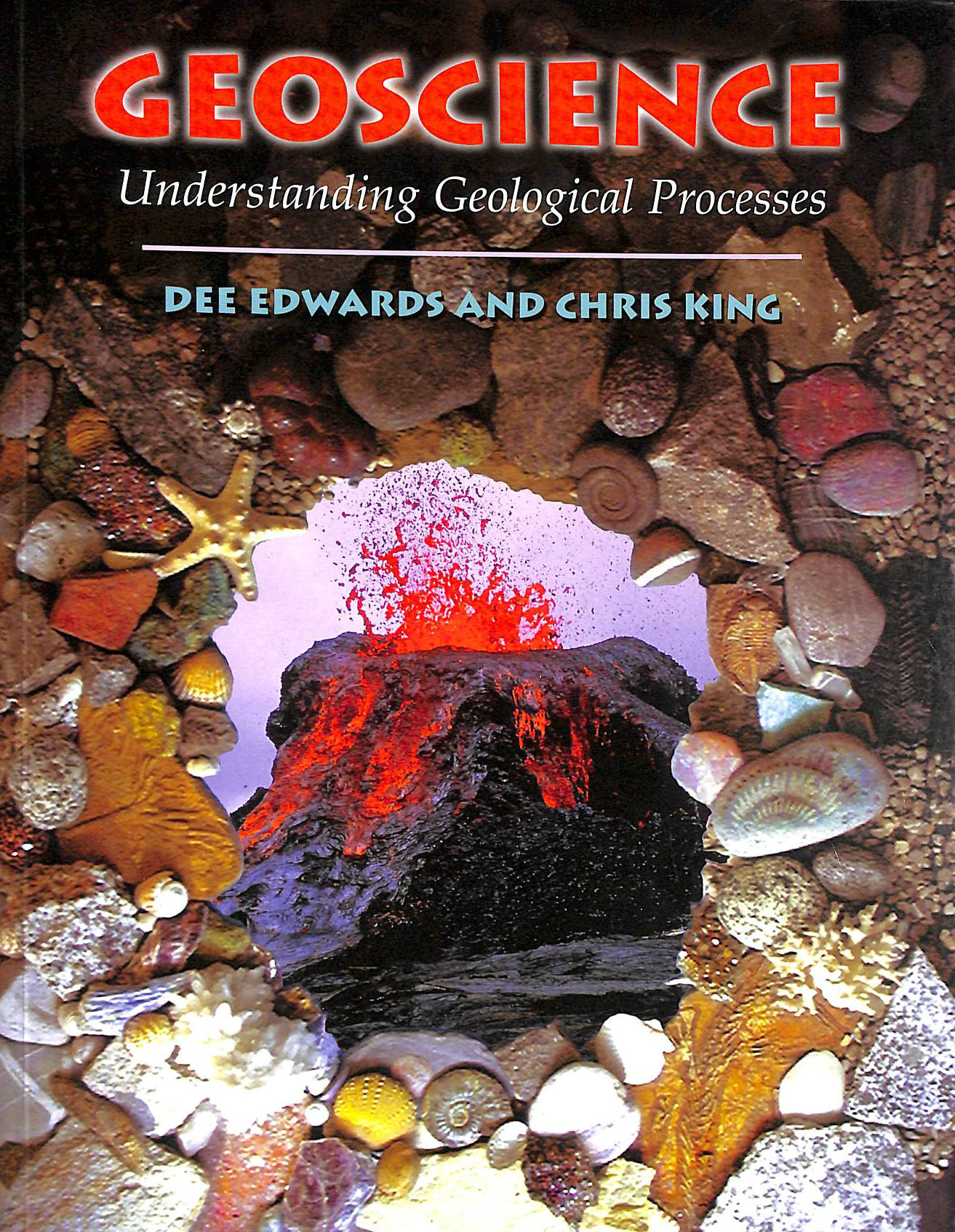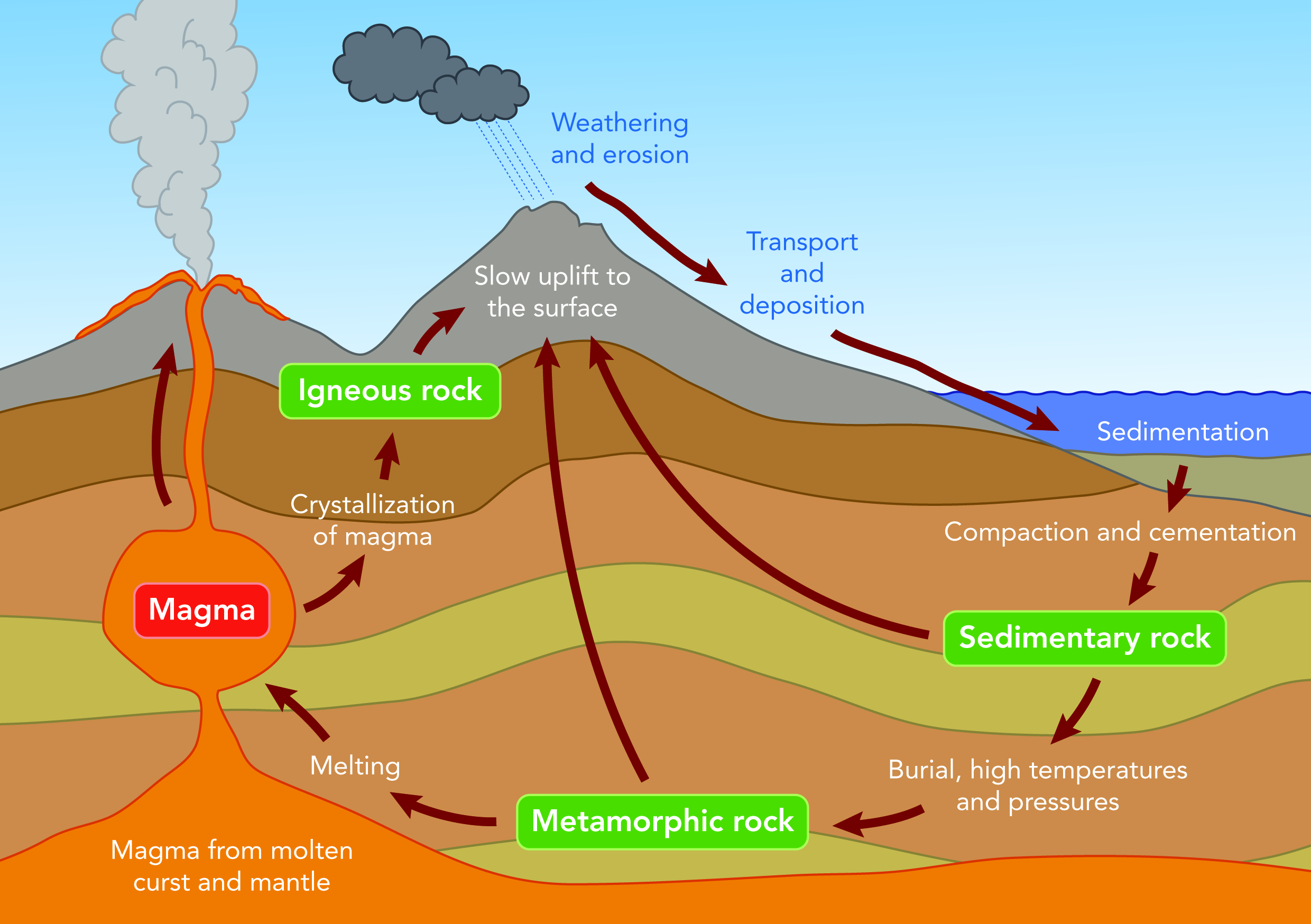Earth’s Wild Ride: 5 (or so) Geological Processes That’ll Make You Say “Whoa!”
The Planet’s Inner Artist (and Demolition Crew)
Okay, so, picture this: Earth’s not just a big rock. It’s a living, breathing, constantly changing thing. Like, imagine your favorite artist, but instead of paint, they use molten rock and tectonic plates. And sometimes, they get a little…enthusiastic. That’s geology for you. We’re talking about the forces that shape mountains, carve canyons, and occasionally remind us that, yeah, we’re living on a giant, rumbling marble. Let’s peek at a few of these wild phenomena.
First up, those tectonic plates. They’re like the world’s biggest, slowest dance party. These plates are always shuffling and bumping, and when they get a little too close, boom! Earthquakes. Or mountains. Or both. It’s like the planet’s having a mood swing, and we’re just along for the ride. Seriously, you’ve got to respect a force that can move continents.
Then there’s weathering and erosion. Think of them as the planet’s patient sculptors. Weathering’s the guy who breaks down rocks with wind, rain, and even plants. Erosion’s the buddy who sweeps up the mess, usually with water or wind. Ever seen the Grand Canyon? That’s erosion flexing its muscles. It’s like nature’s own extreme makeover show, but it takes, you know, millions of years.
And let’s not forget sedimentation. Imagine all that broken-down rock and debris getting carried away and settling down in layers. Over time, it turns into rock again. It’s like the Earth’s own recycling program, but instead of plastic bottles, it’s rocks. Pretty neat, huh?

Volcanoes: Earth’s Hot Temper Tantrums
When the Planet Gets Hangry
Volcanoes. Ah, the fiery breath of the planet. It’s like Earth decided to have a dramatic outburst, and molten rock is its weapon of choice. Think of it: liquid hot magma bursting through the surface, creating new land, and sometimes, well, causing a bit of chaos. It’s like watching a really intense fireworks show, but with more lava and less glitter.
But hey, volcanoes aren’t just about destruction. They also release gases that help shape our atmosphere and create fertile soil. Plus, they’re just plain cool to look at (from a safe distance, of course). It’s like the planet’s way of saying, “I’m still here, and I’m still hot!”
Scientists are always trying to figure out when volcanoes will blow their tops. It’s a bit like trying to predict when your cat will decide to knock something off the shelf – tricky, but important. They use all sorts of fancy gadgets to keep an eye on things, trying to give us a heads-up before things get too toasty.
And you know, even with all the danger, people still live near them. Because the soil is just that good. It’s like a trade off, risk for reward, just like many things in life.

Metamorphism: Rock’s Extreme Makeover
Pressure Cooker Rocks
Metamorphism is like the ultimate rock makeover. Imagine taking a rock, squeezing it, heating it up, and bam! You’ve got a whole new rock. It’s like the planet’s version of a spa day, but with a lot more pressure and heat. These rocks change form, like a caterpillar to a butterfly. It’s a wild transformation.
This happens deep underground, where things get really intense. Tectonic plates pushing, magma heating things up – it’s a real rock-and-roll party down there. And the results? Beautiful, unique rocks like marble and slate. It’s like the Earth’s way of showing off its artistic side, but in a really hardcore way.
Geologists love studying these rocks because they tell us a lot about what’s happening deep inside the Earth. It’s like reading the planet’s diary, but instead of words, it’s all about minerals and textures. You can really get a sense of how much the earth has changed over time.
And, let’s be honest, those metamorphic rocks look pretty darn cool. Some are even used for buildings and decorations. It’s like taking a piece of Earth’s history and putting it on display.

Glaciers: Nature’s Ice Sculptors
When Frozen Water Gets Creative
Glaciers are like giant, slow-moving rivers of ice. They carve out valleys, deposit rocks, and leave behind some seriously stunning landscapes. It’s like nature decided to try its hand at ice sculpting, and the results are pretty impressive. And they are really slow, like really really slow.
When glaciers melt, they leave behind all sorts of cool features, like lakes and moraines. They’re like frozen time capsules, giving us clues about past climates. Plus, they’re just plain beautiful. It’s like nature’s own art gallery, but with a frosty twist.
Scientists study glaciers to understand how climate change is affecting our planet. They’re like the planet’s thermometers, giving us a clear picture of how things are heating up. It’s a bit like taking the Earth’s temperature, but with ice.
And, of course, glaciers are home to all sorts of amazing creatures. It’s like a frozen wilderness, full of life and wonder. It is a harsh but beautiful place.

Earthquakes: The Planet’s Shaky Moments
When the Ground Decides to Dance (Uncontrollably)
Earthquakes. Ah, those sudden, jolting reminders that we’re living on a planet that’s always on the move. It’s like the Earth decided to have a little dance party, but forgot to turn down the volume. They can be scary, sure, but they’re also a natural part of how the planet works. It’s like a big, unexpected hiccup.
Scientists are always trying to figure out how to predict earthquakes, but it’s a tough nut to crack. They use all sorts of fancy equipment to monitor the Earth’s movements, trying to give us a heads-up before things get too shaky. It is a bit like trying to tell when a cat is about to jump on the counter, you get clues, but never a sure thing.
And when earthquakes happen, they can cause all sorts of problems, like landslides and tsunamis. It’s like a domino effect, with one event triggering another. It’s a reminder that nature can be pretty powerful.
But even with all the danger, people still live in earthquake-prone areas. It’s like a gamble, but sometimes, the beauty of the location is worth the risk. It is a human thing to do.
FAQs: Earth’s Quirks Explained (Sort Of)
Your Questions, Answered (Probably)
Q: How does all this stuff affect me?
A: Well, everything from the air you breathe to the ground you walk on is shaped by these processes. Plus, knowing about them can help you stay safe from natural disasters. It’s like having a backstage pass to the planet’s inner workings. You never know when knowing about the earth could save your life.
Q: Can we stop earthquakes or volcanoes?
A: Nope. We’re just along for the ride. But we can learn to live with them and minimize the damage. It’s like dealing with a roommate who has some…quirks. You learn to work around it.
Q: Why do rocks change?
A: Because the Earth is a dynamic place, always changing and evolving. It’s like a never-ending cycle of creation and destruction. And it’s pretty darn cool.
